Yarn Dyeing with Fireweed Fibres
By Michele Thymmons and Hayley of Fireweed Fibres
Hayley: https://www.instagram.com/fireweedfibres/ (my Instagram for dyeing)
Nature has such amazing colors and so many gorgeous layers and color combinations. Have you ever wondered if you could dye yarn with a particular herb or other plants nearby you? Growing up I loved to read and in several of my book adventures were people that had created dyes out of the everyday nature items. Some where from Ancient Egypt where a variety of different crushed items created vibrant colors that sometimes only the wealthy were able to afford. While in even the most recent of stories, you hear about how someone created something from nature using their own ingenuity and patience. Hayley is one such person who has figured out how to use natural dyes to create beautiful yarns. She shares her story and resources that helped her below.
Hello, I’m Hayley the lady behind Fireweed Fibres. I Started dyeing yarn because I was crocheting so many things that I couldn’t afford to buy the yarns I wanted anymore (wool and hand dyed). I thought it would be cheaper for me to buy the yarn bare and dye it myself, which to some extent it has been. It also allows me to get the colours I have in mind for projects, most of the time.
When I first started I dyed yarn all summer and sold it at my local christmas markets. It led me to realize that doing it that way sucks all the fun out of it for me. So for now I am calling myself a dedicated hobbiest rather then a yarn dying professional. Right now I dye yarn for own personal projects and if people ask me. However, I’m definitely not ruling out the possibility of starting up own business one day.
Most of the time I like to use acid dyes because they require less chemicals, space and time. They also produce more vibrant and light fast colours. This summer past I also did some experiments dying with plants local to me. This took A LOT more research and time but was also really fun.
Since I got involved in the fibre arts community I have made a lot of new friends and have been able to learn a whole bunch of interesting things! Here are some of my most favored resources, I hope they will be able to help some of you as well!
The School of Sweet Georgia is an online fibre and yarn dyeing school started by Felicia Lo the founder of Sweetgeogria Yarns. It is focused on acid dyes but is a WEALTH of information for anyone interested in dying yarn. I wish it had been around when I first started because it is a one stop place for beginners.
Also by Felicia Lo is her book “Dyeing to Spin & Knit” very similar content to her online courses but with some extra stuff. I found it a great accompaniment to the courses as well as a quick reference guide when you live in a rural place like I do and don’t have internet all the time.
Nicole of Hue Loco has some online tutorials on how to dye yarn with acid dyes. This was my starting point. They are clear and demonstrate some good techniques.
Wild Color is the first book I bought to learn about dyeing with plants. It has a lot of great basic information and is a great starting point. The plants within are pretty globalized but are all of the common dye plants at least buy in dye form.
Riihivilla is an AMAZING blog on dye plants of the north! but also a wealth of information on dyeing with plants in general. It opened my eyes to the unlimited avenues of plant dyeing (fermentation, playing with Ph etc.)
I discovered Rebecca’s Instagram feed earlier this summer and her posts have spurred some great experiments from me.
She has a book on dyeing with plants as well as a magazine dealing with various plant involved projects. Well worth a look!
Another great resource for plant dyeing (that I don’t have a specific link for since it will be different for everyone) is finding a local plant forage/harvest group. I am part of two local to my area groups on FB and they can be a huge asset in proper plant identification and plant information.
Since I started dyeing there has been a bunch of information come up in mainstream social media outlets like youtube and blogs. Many I haven’t had a chance to look at yet so take a gander and see what you can find! The internet is an endless pit of information.
Note - At this time there are no affiliate links in this article, but if any are added I will make note here.
Everyone creates, designs, and learns things differently. With this in mind, I’ve tried to include a variety of articles/resources below and will continue to add more even after the article is published. Most of these resources are free but others include classes or resources that are paid.
Looking at additional resources for natural dyeing, several of the below also jumped out at me.
Natural Dyes International is an organization which focuses specifically on natural dyes and providing information to the public about it as well as the history behind natural dyeing. This is a global non-profit that also pulls in organizations from around the world who give these type of classes as well as other resources for natural dyeing.
Natural Dye Workshop has a series of videos, blogs, tutorials and more focusing on natural dyes and sustainable ways these can be achieved. Michel Garcia is the main creator of everything on this website and it is a wealth of knowledge for anyone who enjoys natural dyeing and wants to do it without too many harsh chemicals. However, the sustainable way, demands patience. :)
All Natural Dyeing is a website full of natural dyeing. This has anything from a guide to natural dyeing, a library of dye sources, mordants and fixatives, and other resources for natural yarn dyeing. Did you know there are over 85 different natural colors you can use to dye your yarn? For the redish purple of the Kings and Queens in Medieval Times, you can actually just use a simple Dark Red Hibiscus Flower or the whole plant for the Red Basil. Before this knowledge, this color could only be achieved using 9000 rare molusck to make 1 gram of Tyrian purple!!! And who would have thought that a dangerous weed (Pokeberry) would actually make a gorgeous purple dye!
DIYNatural uses natural dyes in a different context - to dye fabrics using a natural dye!
The history of natural dyeing also has some interesting stories about how people find colors, sometimes by accident! Sounds like some of our great medical finds as well!
Thank you for joining us for this Yarn Dyeing Maker Feature! Check out Hayley’s Instagram for more about her journey and lots of beautiful pictures of her creations. For more Maker Features check out clay sculpting, crochet/knitting pattern making, woodcarving, and how to start your own blog!! If you’d like more information and a chance to be a part of an amazing group of people that know what resources are coming your way next as well as influence what/who we feature next, sign up for our newsletter below! Know that I am greatly looking forward to getting to know you and help you find the resources you need to make your life easier. :) I’d also love to hear from you about what types of resources you want more information on as well as Makers you would like to nominate for a Maker Feature! Please email (vamicreations17@gmail.com) or leave a comment on this article! Looking forward to hearing from you and have a great day!
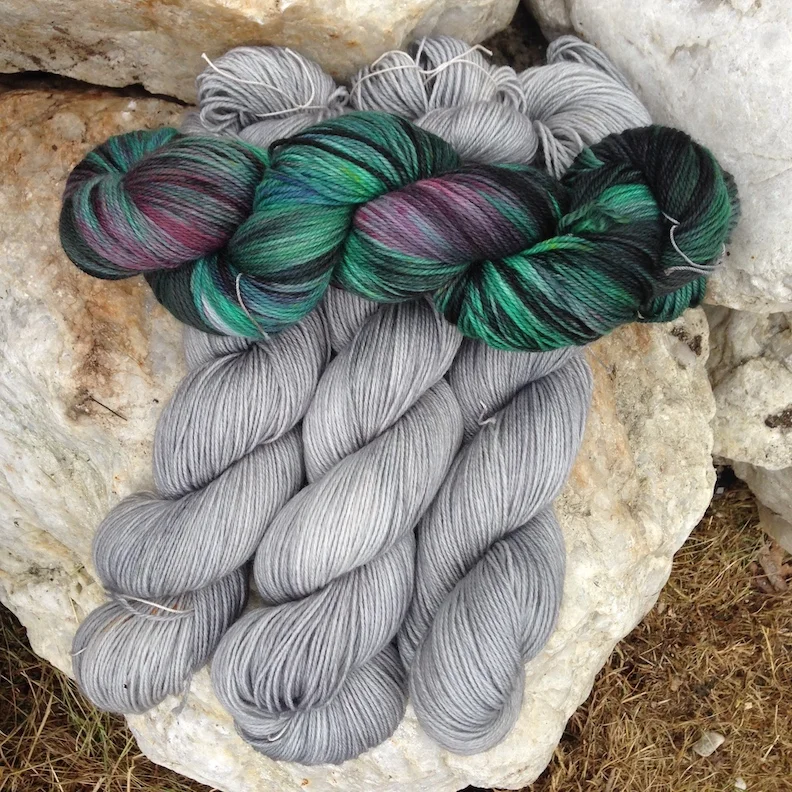
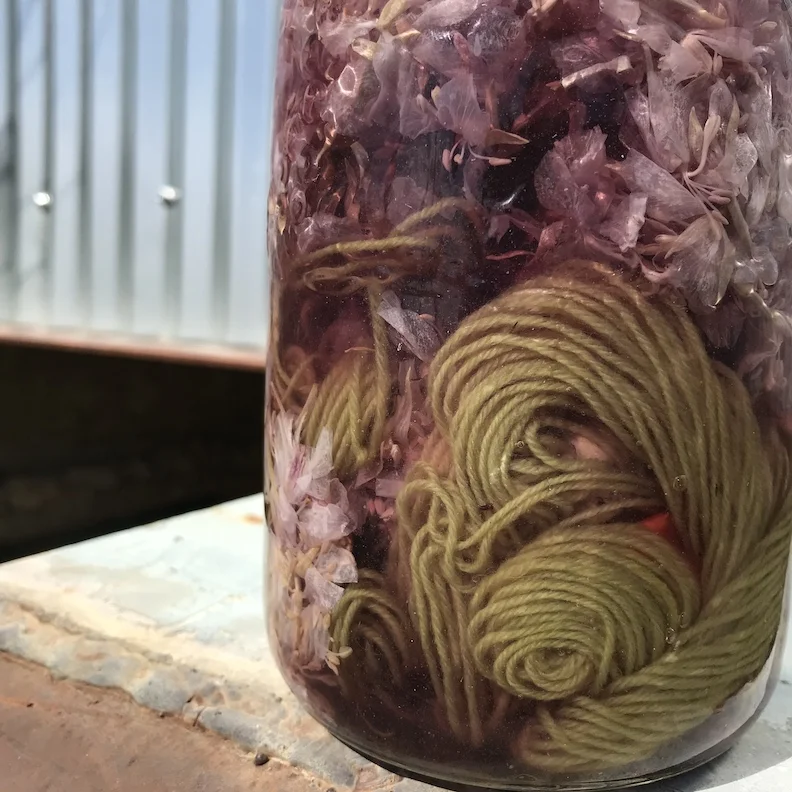
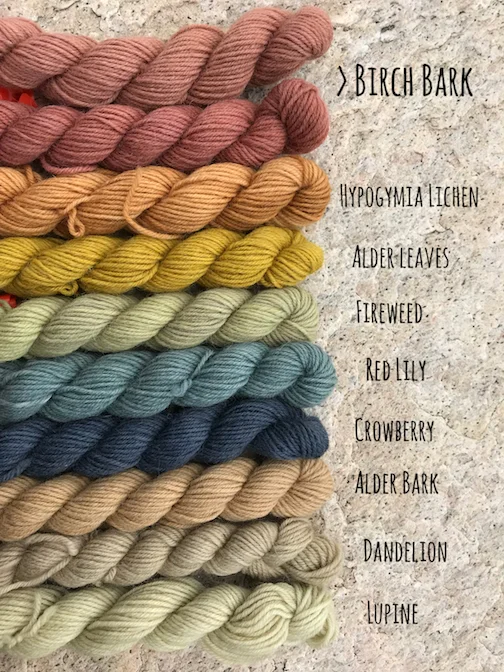

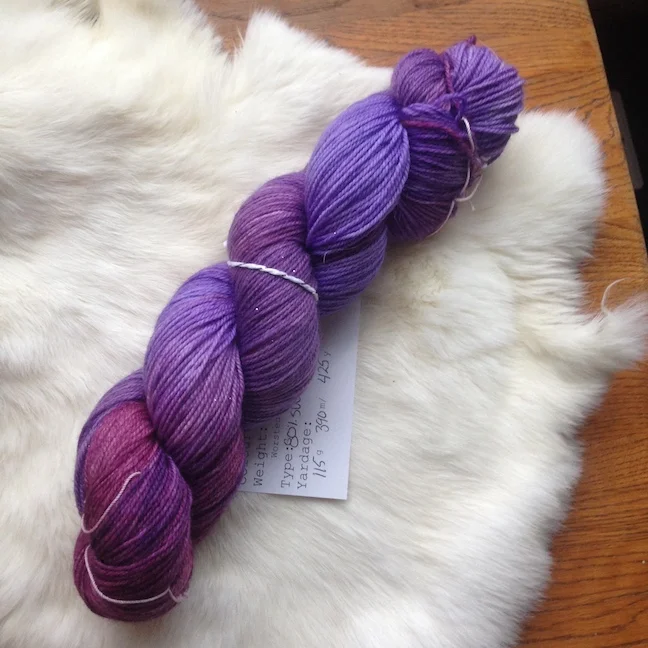

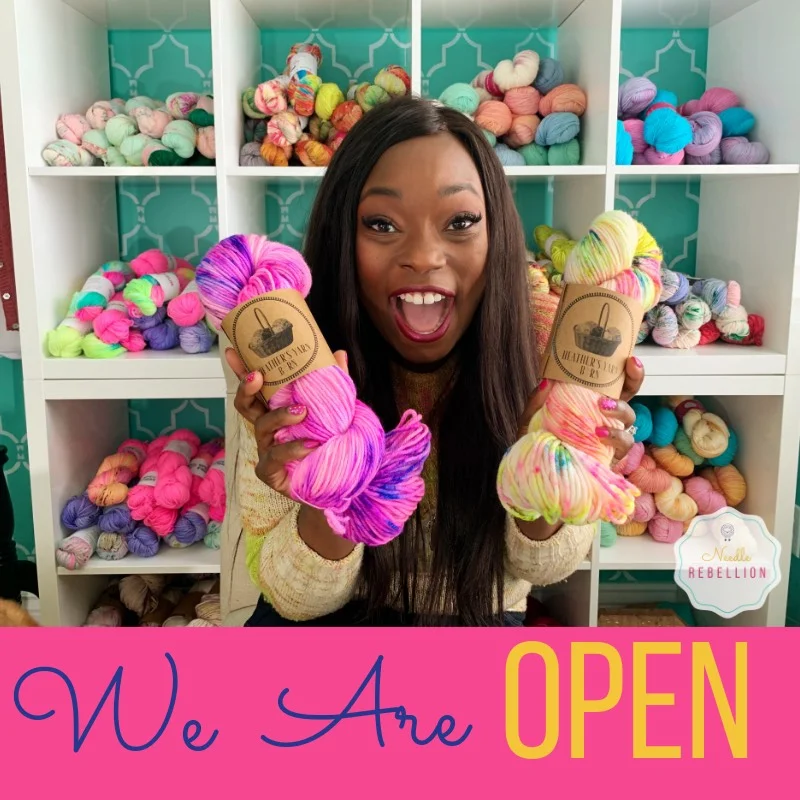
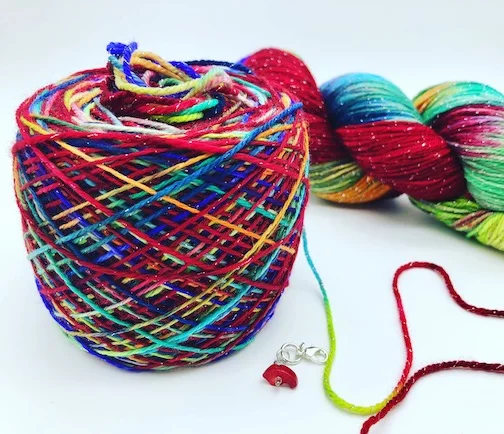
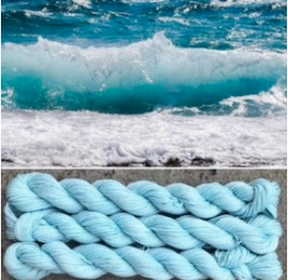

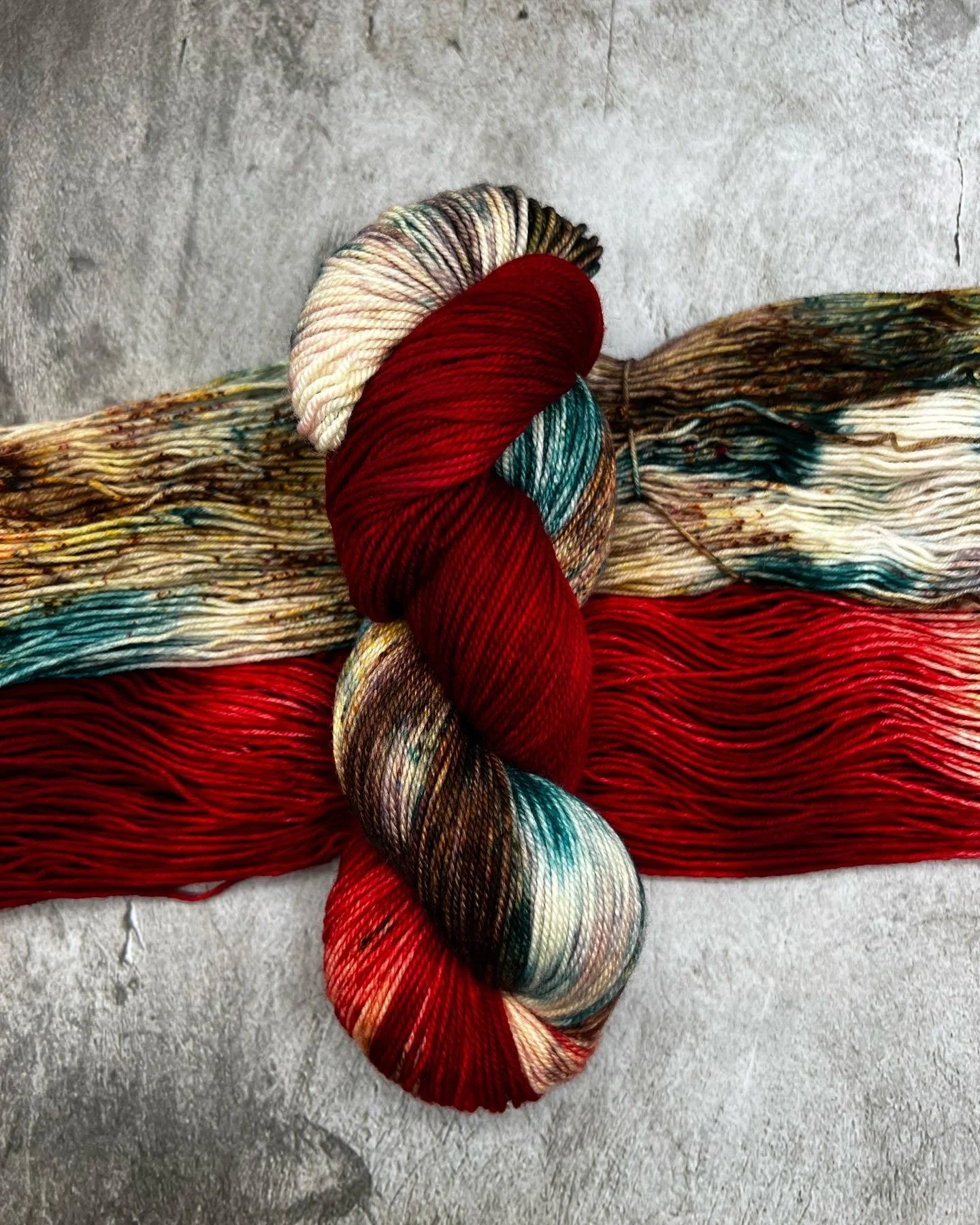
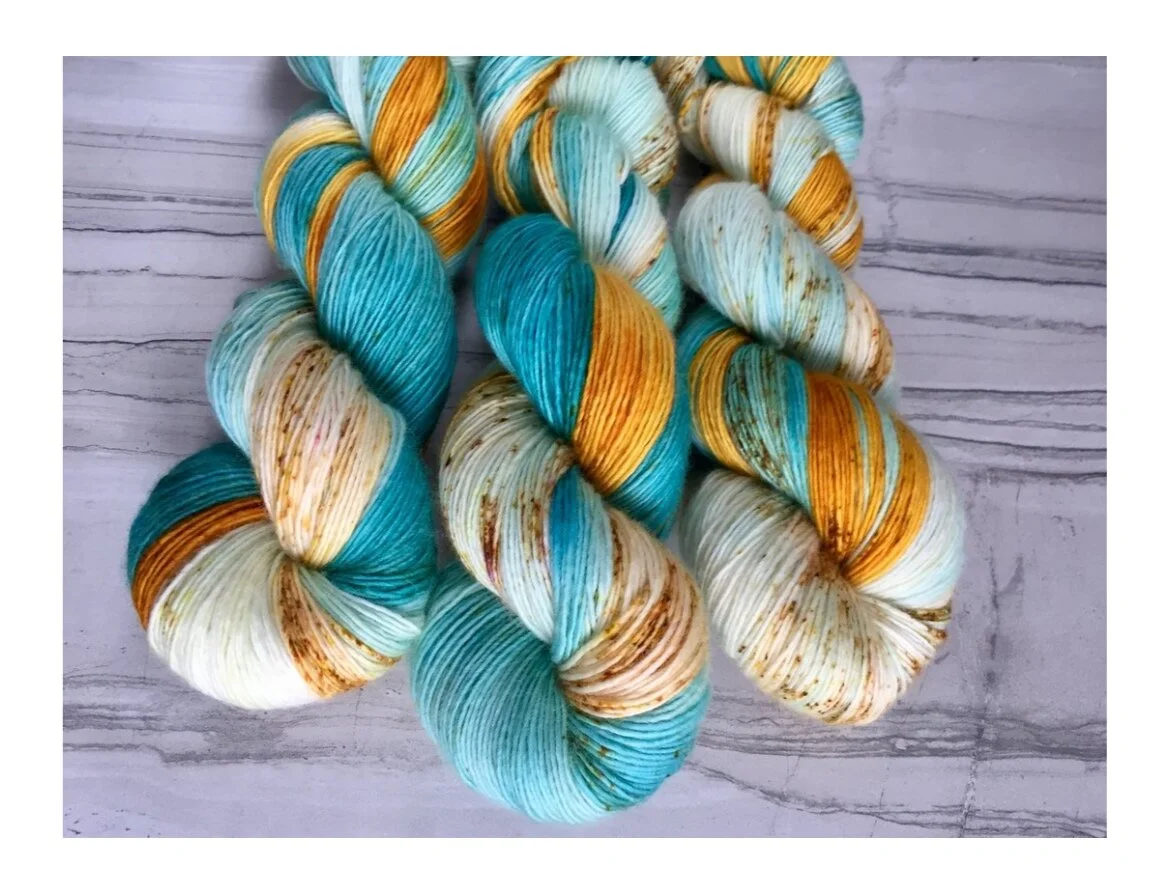


Have you ever been inspired by someone and wanted to follow them and see all that they design and make? For new yarn dyers, those wanting to learn about yarn dyeing, crocheters and knitters, there are sooooo many fellow makers that can inspire you and help you along your journey. Jen is amazing and highlights a lot of whom has encouraged and helped her along her journey and she has also created some gorgeous patterns and handmade yarns!!!